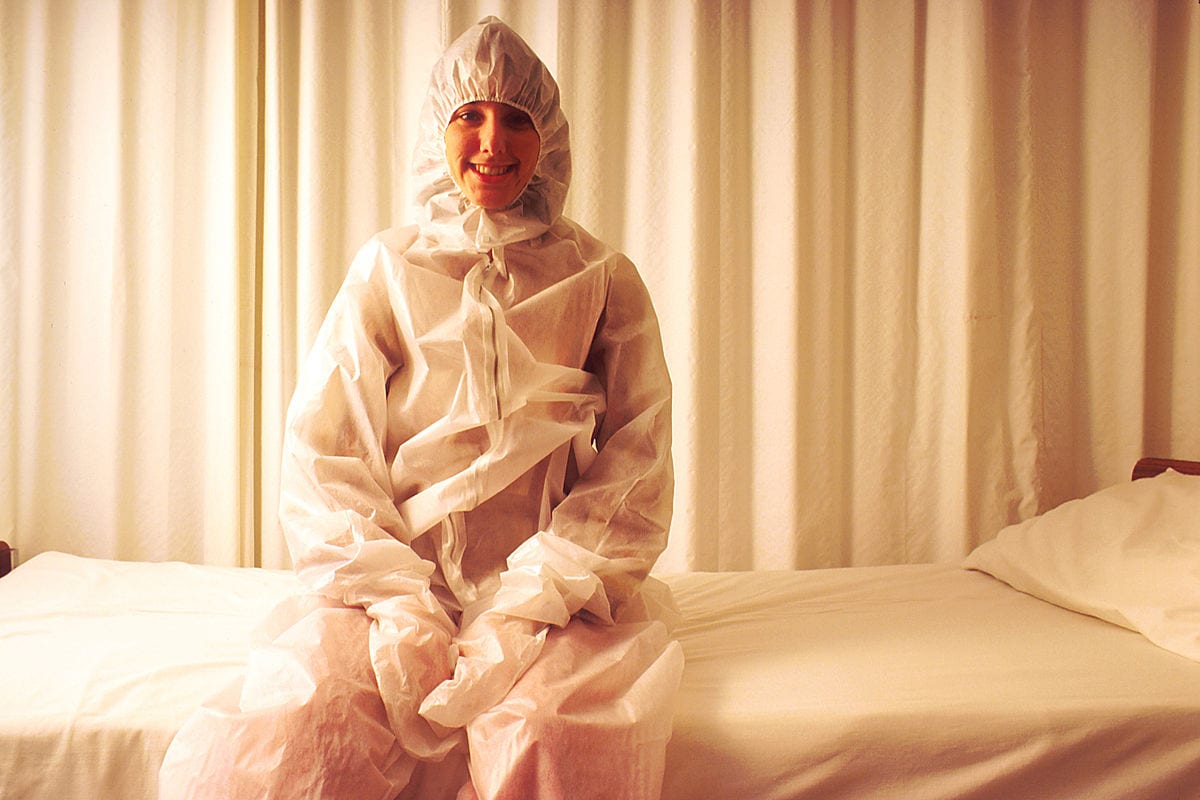Hyperthermia therapy is a non-invasive treatment that uses high temperatures for treating cancer. It is also known as thermotherapy. This alternative treatment works to eradicate cancer cells without causing injury to the body’s healthy tissue. Research suggests that heating cells up to 113 degrees can effectively kill cancer and damage their proteins within the cells. While hyperthermia can help shrink tumors, kill cancerous cells, and prevent the spread of cancer, it is still being fully researched. Usually this treatment is combined with other methods to make cancer cells more vulnerable to other treatments and enhance the effects of medications.
Administering Hyperthermia
The hyperthermia treatment is administered to the patient in many ways. Hyperthermia can use heat on a specific area or the entire body. Typically whole-body hyperthermia is reserved for metastatic cancer spreading beyond the initial area where the cancer began. The goal of thermotherapy is to raise the overall core body temperature to 107-108 degrees, kill cancerous cells, and slow the growth of tumors.
This can be achieved through the use of hot blankets, which can be thermal chambers that resemble human-sized incubators that ensure proper temperature regulation. In addition, doctors may insert needles or probes with small thermometers in the body to test the temperature of specific areas of the body or the whole body. While it may sound simple, targeting cancer cells with heat can be an effective therapy method for many types of cancer. Many patients find that hyperthermia is a beneficial alternative that can take the place of conventional treatments. It is a non-invasive procedure.
Methods of Hyperthermia
There are several methods of hyperthermia currently being studied. Local hyperthermia has applied to a small area like a tumor using different techniques that deliver energy to the heat it up and eradicate it. There are a variety of energy waves that may be used to apply heat. These include microwave, radiofrequency, and ultrasound.
In addition to these energy waves, external approaches are also used to treat tumors inside or just below the skin. The applicators are then positioned around the region of the body, where the energy is focused on the tumor. Increasing the temperature can kill malignant cancer cells and slow the growth of the tumor. Probes are placed inside the cavity, inserted into the tumor, and delivered heat energy for treating cancer.
Furthermore, there are interstitial techniques used to treat brain and other tumors. This is done by heating the tumor to higher temperatures than the external techniques. With anesthesia, probes or needles can be inserted into the tumor. A variety of imaging resources are used to make sure the probe is properly positioned near the tumor. Heat is then inserted in hopes to degrade cancerous cells. Another type of interstitial hyperthermia is radiofrequency ablation (RFA). It uses radio waves to kill cancer.
With many approaches used to heat large areas of tissue, such as the body cavity, organs, and limbs, deep tissue treatment is used to treat cervical and bladder cancers. External applicators can also be positioned around the body cavity, which is then treated with microwave or radiofrequency energy to raise temperature, kill malignant cells, and slow the spread of cancer.
Techniques of regional perfusion can be used to treat skin cancers and cancer in the liver or lungs. Some procedures remove blood, which is then heated and pumped back into the organ or limb. When combining this with medication, the overall treatment can be very effective.
Treating cancers within the peritoneal cavity, which is the space between the abdomen that contains stomach, liver, and intestines. During surgery, heated medication flows from a warming device through this cavity and can reach temperatures of 106-108 degrees.
While hyperthermia has many different forms of treatment, there needs to be more research done on how it can treat the varieties of cancer. It can possibly prevent the spread of cancerous cells, but only time will tell how it could treat the disease. Still the treatment techniques should be used under the consultation of your doctors. It can help you with treating cancer. and give your organs what they need to eradicate cancer cells. Cancer is a complicated, messy disease, but the treatments keep on growing.








